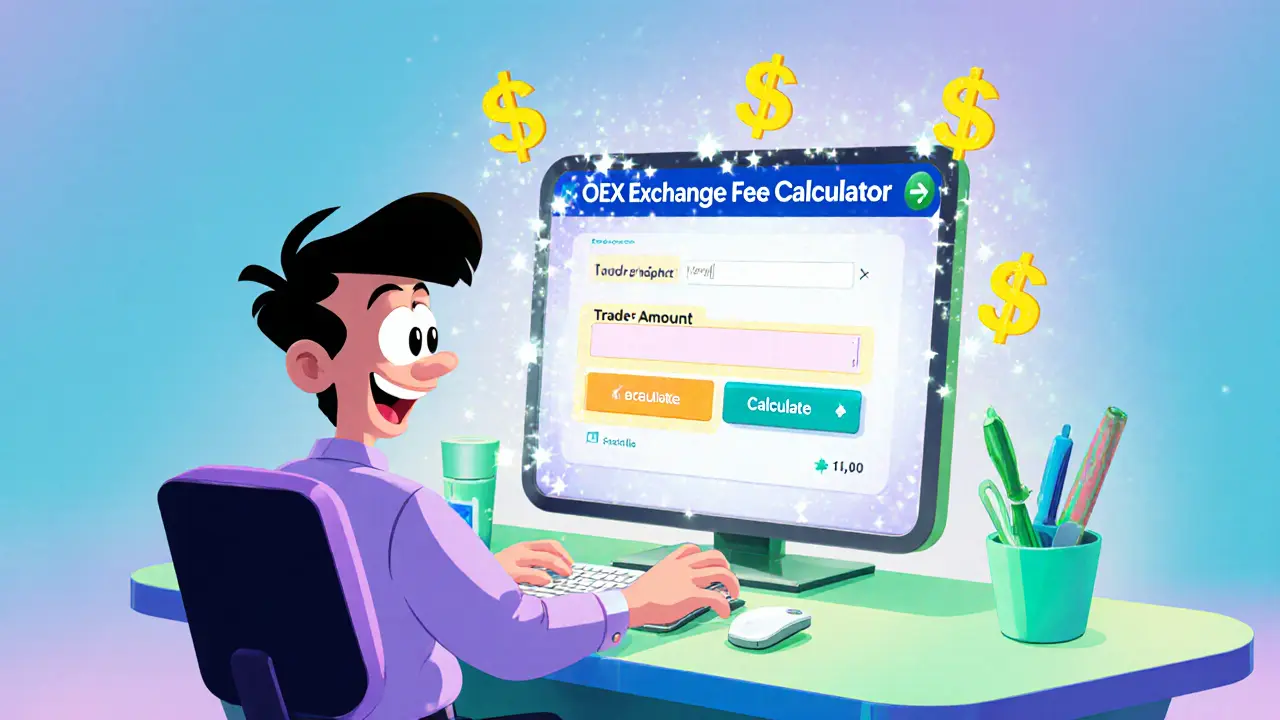Crypto Exchange Fees
When dealing with crypto exchange fees, the charges you pay to buy, sell, or move digital assets on a platform. Also known as trading costs, they can make or break your profit margin. Most traders focus on price charts, but overlooking fees is a fast track to lower returns. Below we break down the main pieces that form the fee puzzle, so you can see exactly where your money goes.
The first piece many platforms use is the maker‑taker model, a pricing scheme where users adding liquidity (makers) pay a lower rate than those taking liquidity (takers). This model crypto exchange fees includes a built‑in incentive: the more you contribute to the order book, the less you pay per trade. Next up are fee tiers, volume‑based levels that reduce the percentage you pay as your 30‑day trading volume rises. Tiered structures reward high‑frequency traders, but they also create a hidden hurdle for newcomers who stay in the lower brackets. Finally, there are withdrawal fees, fixed or network‑based costs charged when you move crypto off the exchange. Even if you snag a great trade price, a steep withdrawal fee can eat up a big chunk of your profit.
Why Fees Matter for Every Trader
Understanding these three elements—maker‑taker pricing, fee tiers, and withdrawal costs—helps you answer three key questions: How much will a single trade cost? How does my trading volume affect that cost? And what will I pay when I finally move my earnings to a personal wallet? The answers shape everything from day‑trading strategies to long‑term HODL plans. For example, a platform with a low taker rate but high withdrawal fees might look cheap on paper but turn expensive once you cash out. Conversely, an exchange that offers zero‑fee withdrawals but a higher maker rate could be better for someone who provides a lot of liquidity.
Our collection below dives deep into real‑world exchanges, comparing exactly these metrics. You’ll find reviews of Paribu’s fee schedule in Turkey, a look at BitTok’s safety‑first pricing in 2025, and a side‑by‑side of Camelot DEX’s maker‑taker rates versus Binance. Each article breaks down the fee structure, shows sample calculations, and points out hidden costs you might miss. Whether you trade on a centralized platform or a decentralized swap, the same principles apply.
Armed with this context, you can start scouting for the cheapest taker rates, prioritize exchanges with tiered discounts that match your volume, and pick wallets that minimize withdrawal drag. The goal isn’t just to lower expenses—it’s to boost the net return on every trade you make. Below, the curated posts give you the data, the numbers, and the practical tips you need to put this knowledge into action.

